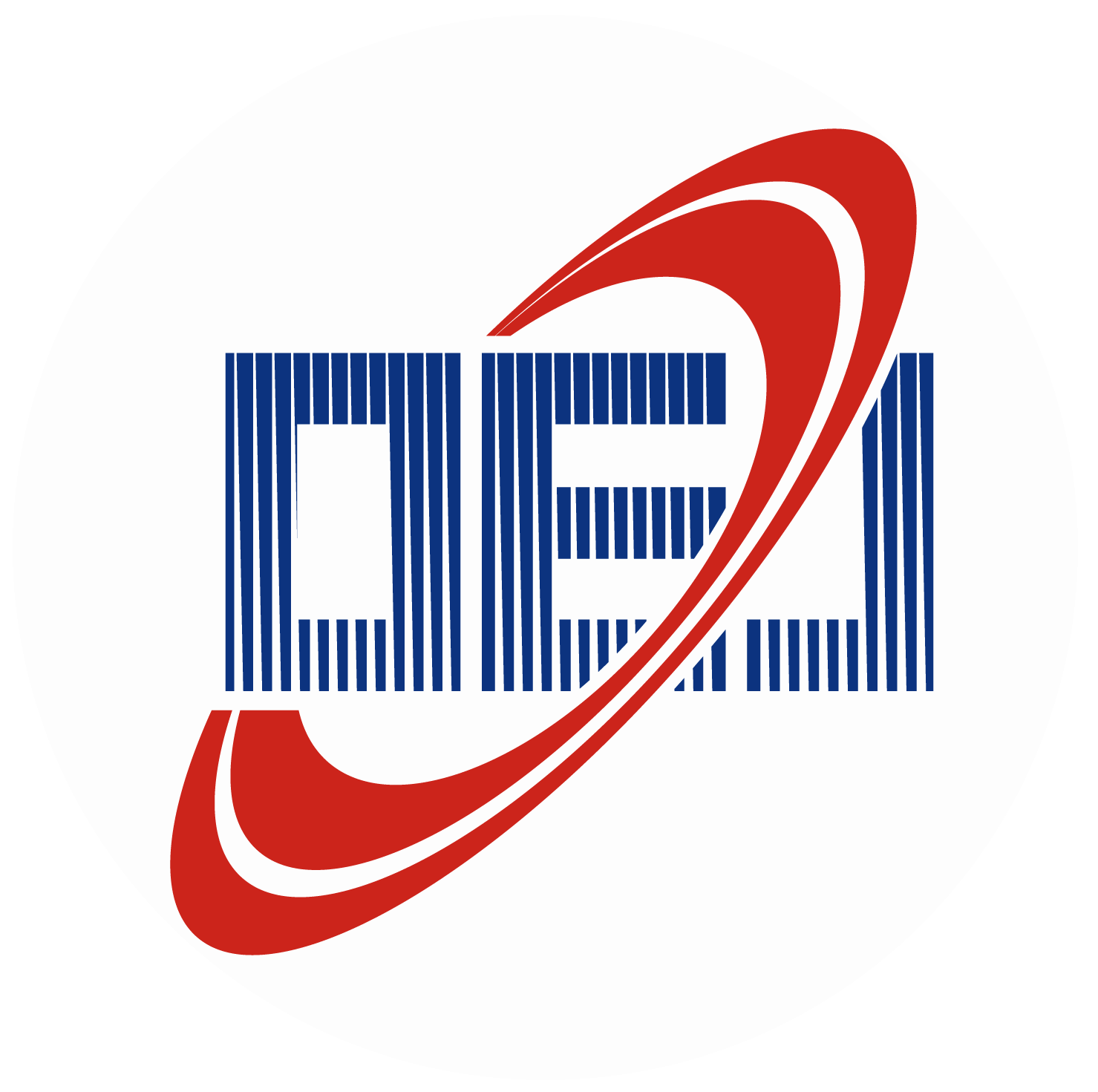-
Abstract
In the context of this work, a prototype hybrid photoacoustic (PA) and optical system for the on-line monitoring of laser cleaning procedures is presented. The developed apparatus has enabled the detection of MHz frequency range acoustic waves generated during the laser ablation process. The intrinsically generated PA signals combined with high resolution optical images provide the opportunity to follow the cleaning process accurately and in real time. Technical mock-ups have been used to demonstrate the potential of this novel technique with emphasis given to applications that refer to the restoration of Cultural Heritage (CH) surfaces. Towards this purpose, the real time monitoring of the laser assisted removal of unwanted encrustation from stonework has been achieved using IR and UV wavelengths. This novel approach has allowed for the precise determination of the critical number of laser pulses required for the elimination of the encrustation layer, while highlighting the dominant ablation mechanisms according to the irradiation wavelength. The promising results obtained using the prototype hybrid PA and optical system can open up new perspectives in the monitoring of laser cleaning interventions, promoting an improved restoration outcome. -



 E-mail Alert
E-mail Alert RSS
RSS


